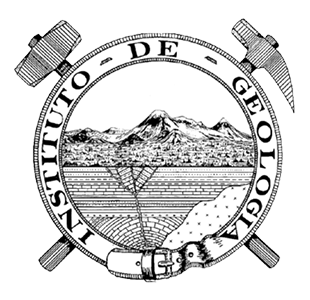Abstract
A pyroclastic density current deposit has been recognized within the middle Miocene sequences in the Cataviña region, Baja California. The rhyolitic deposit is a poorly welded ignimbrite and has reduced thicknesses (<30 m), corresponding to distal facies from the source area. The mineral assemblage sanidine>green clinopyroxene>fayalite is analogous to that of all ignimbrite deposits of this nature in northwestern Mexico. Geochemical studies emphasize, first, the peralkaline character defining a comendite variety for the rhyolitic magma, and second, that higher concentrations of Sr and Ba are distinctive features of the Cataviña ignimbrite, which are related to the incorporation of xenocrysts during its emplacement. Paleomagnetic and geochemical studies correlate this deposit with the Tuff of San Felipe-Ignimbrite of Hermosillo (TSF-IGH). These outcrops represent the westernmost remains of the TSF-IGH event in NW Mexico and the southernmost outcrops in Baja California. The isopach map, petrofabric and magnetic fabric results of this work make possible a model for the TSF-IGH emplacement, which considers that the pyroclastic flow came from Sonora invading the area from east to west.

This work is licensed under a Creative Commons Attribution 4.0 International License.








